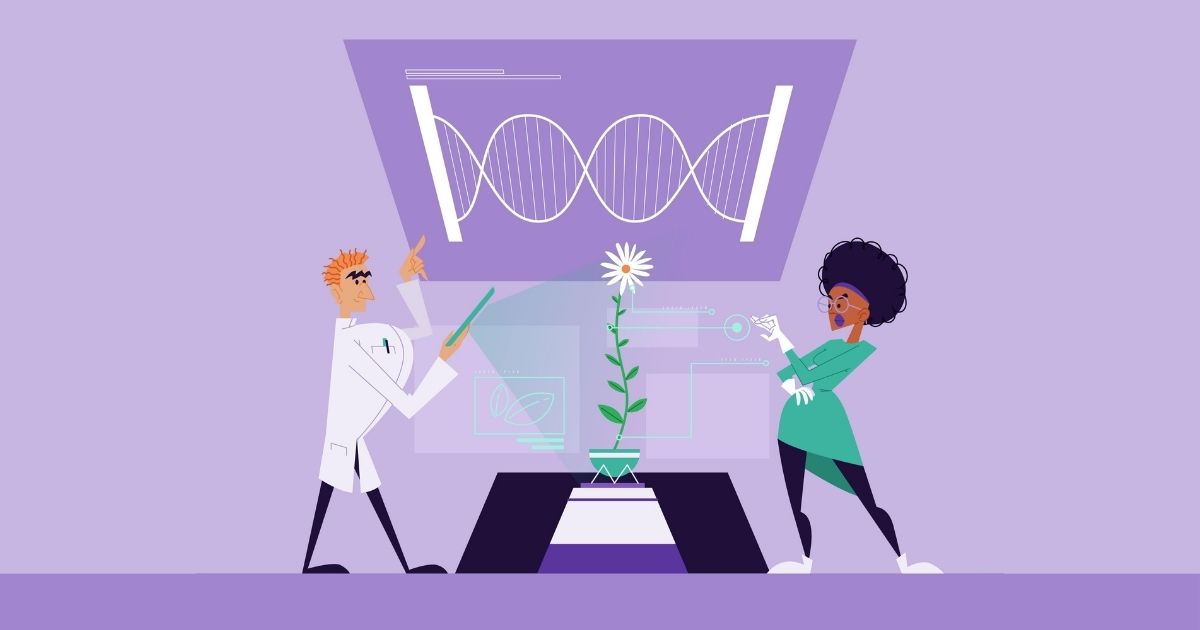Dr. Gitanjali Yadav
1. Can you explain structural bioinformatics and how it is integrated into your research ?
Structural Bioinformatics encompasses studies into three dimensional biomolecular composition and its modulation by atomic bonding patterns, active-site architectures, domain constitution, surface accessibility as well as inter-molecular forces, to help understand how biomolecules adapt to specific functions, and in particular, and how they cooperate with each other to perform these functions more efficiently.
My group at NIPGR New Delhi is currently addressing Food Security and Biodiversity Conservation. Our work in both of these areas is deeply integrated with structural bioinformatics. For example, we investigate how nature has evolved and optimized mechanisms to enhance crop yields through photosynthetic efficiency. This requires a detailed structural analysis of the octameric carbon fixing enzyme RuBisCO, often argued to be the most abundant protein on the planet! My other interest is to decipher the silent language of plants, combining Botany, Chemistry and Geography. Here too, structural data (both macro- and molecular), is crucial to interpret ‘the variable chemical code’ that plants use to communicate with each other, and the rest of the biosphere.
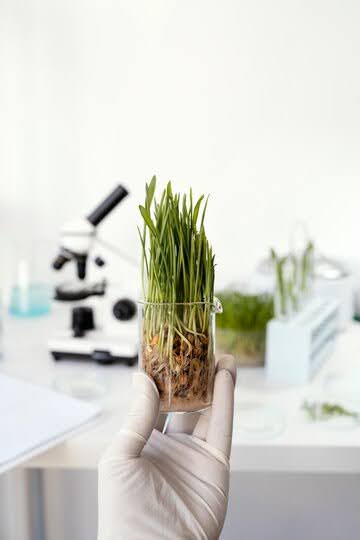
2. What specific applications do you see for Structural Bioinformatics in enhancing crop resilience ?
Traditionally, this field has been famous in drug discovery and biomedical health applications, but the past decade has witnessed a huge surge in studies incorporating structural insights into crop biology, specially towards rational design of plant natural products and creation of Climate Smart crops. Crop Resilience can benefit directly from structural bioinformatics in terms of identification and modeling of key genes and proteins that play a crucial role in environmental stress and disease resistance. Structural bioinformatics can elucidate functional roles of specific base pairs and amino acid residues, as well as intermolecular networks associated with pathogenesis, towards predicting spatio-temporal maps of yield modulation under varying stress conditions.
3. With the vast amount of genomic data available, what strategies do you employ to ensure effective integration and analysis for your research objectives ?
The -Omics revolution of this millennium, mediated by advanced sequencing technologies, has led to an exponentially increasing dataset of biomolecular signatures, offering new opportunities in deciphering biology. Most importantly, availability of this data has released us from the confines of working with model organisms, so that, for example, real crops can now be investigated and improved. However, availability of such enormous datasets also poses new challenges; addressing a question is akin to finding a single needle in a million haystacks. Our primary strategy to ensure effective use of high throughput multi-omics datasets is to integrate diverse sources of information, and reduce data dimensionality by combining modern computational techniques with data FAIRification methods, to ensure Findability, Accessibility, Interoperability and Reproducibility of both data and results.
4. In what ways can genomics and structural bioinformatics contribute to the conservation of plant biodiversity and ecosystems ?
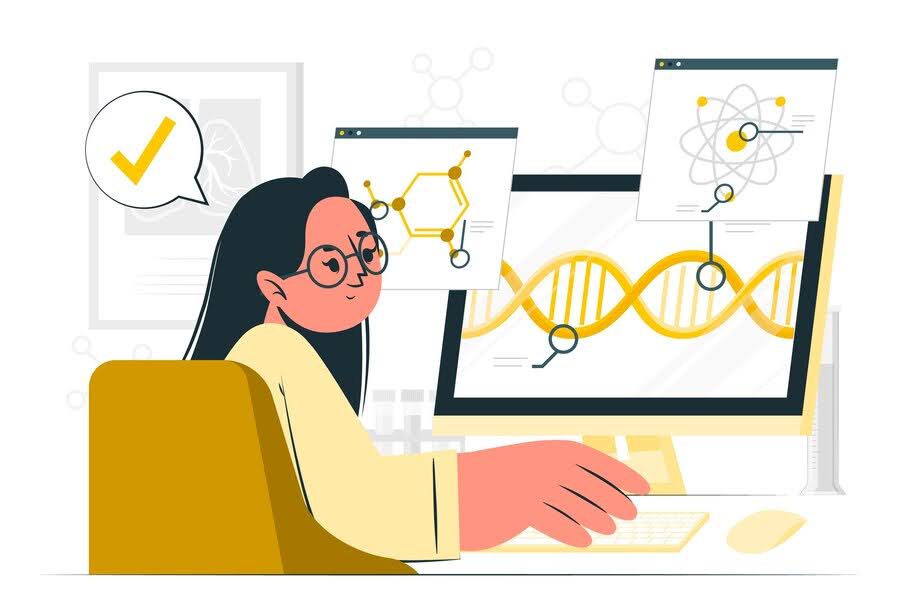
Modern Data science techniques, particularly Biodiversity informatics play a crucial role on ecosystem conservation, as evident from the Global Biodiversity Information Facility (GBIF) and several other world repositories. Our own work in Invasion Genomics also makes use of these tools. Genomics in conjunction with structural bioinformatics, proteomics, transcriptomics, metabolomics and epigenomics, can help to identify species that are vulnerable to environmental changes. Many other contributions of such Multi-Omics approaches to the conservation of plant biodiversity and ecosystems include monitoring, characterizing and restoring biodiversity, as well as by providing rational leads for Biodiversity Management decisions. Such interventions are possible not just for individual organisms or reference genomes, but entire ecosystems, through identification, annotation and mapping of functional genetic variations, use of DNA barcoding, adaptive trait identification, species distribution modeling, establishing ex-situ breeding programs, predicting impacts of environmental change on regional biodiversity etc.
5. Could you elaborate on any innovative techniques or technologies that you are using in your Research ?
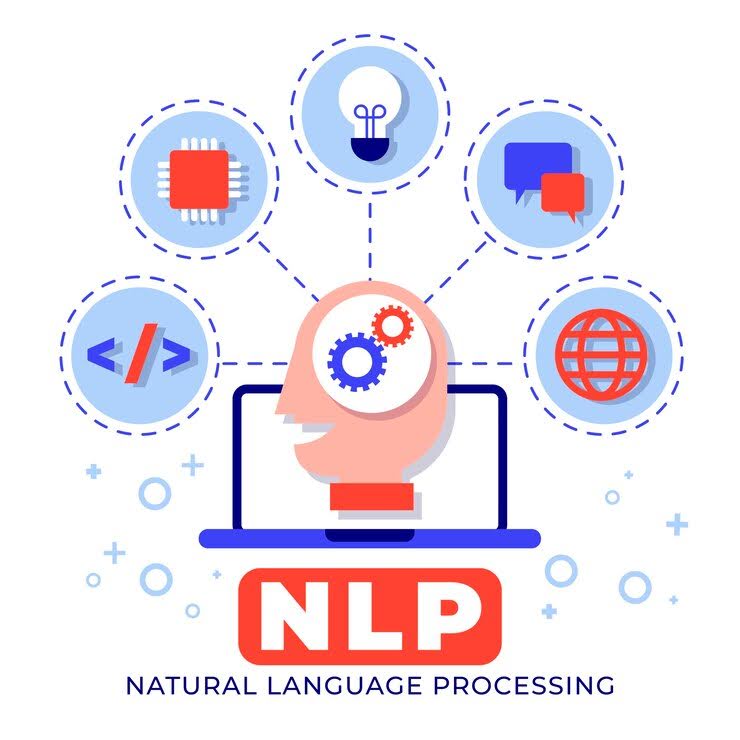
We have been exploring new knowledge-based approaches like Open Notebook Science and RAG/LLMs for extracting knowledge from locked literature, using machine intelligence over natural language processing (NLP). Open Notebook Science enables innovative and disruptive Knowledge Sharing Practices in the community, bringing together climate scientists as well as policymakers. Our work in AI over NLP comprises optimizing the output of Large Language Models (LLMs) by means of Retrieval-Augmented Generation (RAG). Taken together, these two new strategies have allowed us to create a community of like minded climate and technology enthusiasts all over the world, known as #semanticClimate! We hope to build a lightweight term-based climate knowledge prosthetic that will travel up generations, as well as a factually educated group of young people worldwide, with energy and commitment for Climate.
6. What are the main areas of research that your lab is currently focusing on, and why are they Important ?
The major research thematics in the lab presently span Climate, Conservation and food security as I have already outlined. Our work in #semanticClimate raises awareness; Climate Change impacts everyone on Earth, but above all the Global South, and therefore is of immediate importance to us all. Our work in Food security and enhancing photosynthetic efficiency translates directly into higher agricultural productivity and in turn, greater biomass. Within this ambit, our aim is to try and rectify a flaw that is at the heart of photosynthesis – the global carbon fixing enzyme RubisCO is less efficient in higher plants due to its inability to distinguish atmospheric CO2 from Oxygen. We are investigating unicellular green algae that have evolved a unique biophysical CCM to successfully separate RubisCO from oxygen, resulting in tremendous increase in photosynthetic efficiency. We are trying to identify key components of this process in the hope of using it to improve crops.
The third focus of our lab is in the area of biodiversity informatics where we address the question of how plants become invasive and how this capacity confers upon their genomes, the phenomenal ability to travel, adapt and expand into new realms. This work is important for Ecosystem Conservation, as well as for understanding evolution of ploidy in the plant kingdom.
7. How do emerging technologies, such as CRISPR and machine learning, play a role in your research, and what potential do you see for future applications ?
CRISPR has completely changed the concept of genetic modifications, and Indian researchers have been hugely successful in gene editing for Crop improvement and Agri Tech. Machine learning techniques have also transformed information discoverability and data reproducibility in the health, agriculture and pharmaceutical industry.
Both these techniques are easy to incorporate or understand, thereby connecting science and the industry to society. I see huge potential for both these technologies in mediating food security and
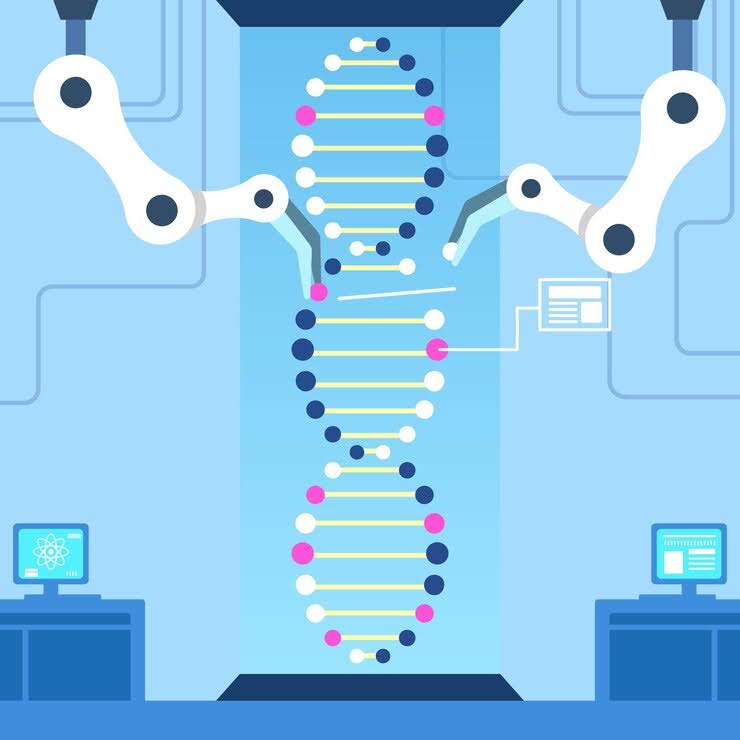
sustainable agriculture for a growing population on the planet. In #semanticClimate, we make use of AI over NLP to transform locked literature into semantic, hypermedia form, resulting in FAIRified documents that can be traversed by machines and embedded in the Linked Open Data cloud. We are using this to create a Climate Knowledge Framework, a self-improving network of semantic tools, using Python and rOpenSci, embedded into Raspberry pi, empowering every citizen to populate their own knowledge graphs from open source!
8. What policy changes do you believe are necessary to support the integration of genomics and bioinformatics in addressing food security and ecosystem conservation ?
Integration of basic science with modern techniques like genomics and informatics can drive informed policy decisions that support both food security and species survival or ecosystem stability in the face of climate change and habitat destruction. India is leading in the use of knowledge-based approaches as the driving force to steer our national and international policies, such as, for example, India’s National Biodiversity Action Plan (NBSAP) or the more recent Science, Technology and Innovation Policy (STIP) of India released by the Office of the Principal Scientific Adviser (PSA) to Govt of India. Many of our national policies already promote sharing and access to open data generated using public funds by various Ministries/Departments/Subordinate offices/Organizations/Agencies of Government of India. These policies are not limited to the Center, but extend to the States as well, and are meant to be used for national planning, development and awareness to address societal and technological challenges. However, I wonder how many of us have actually read any of these policy documents. My belief is that before trying to ‘change’ policy, it is imperative that we make ourselves ‘aware’ of existing policies in crucial areas, but many of us remain clueless or more importantly, disinterested in policy matters. This attitude has to change, and requires a paradigm shift in the way we think about these issues, as citizens, from high schoolers to educators at all levels, retired citizens, city planners, voluntary organisations etc: Ignorance is Not Bliss!
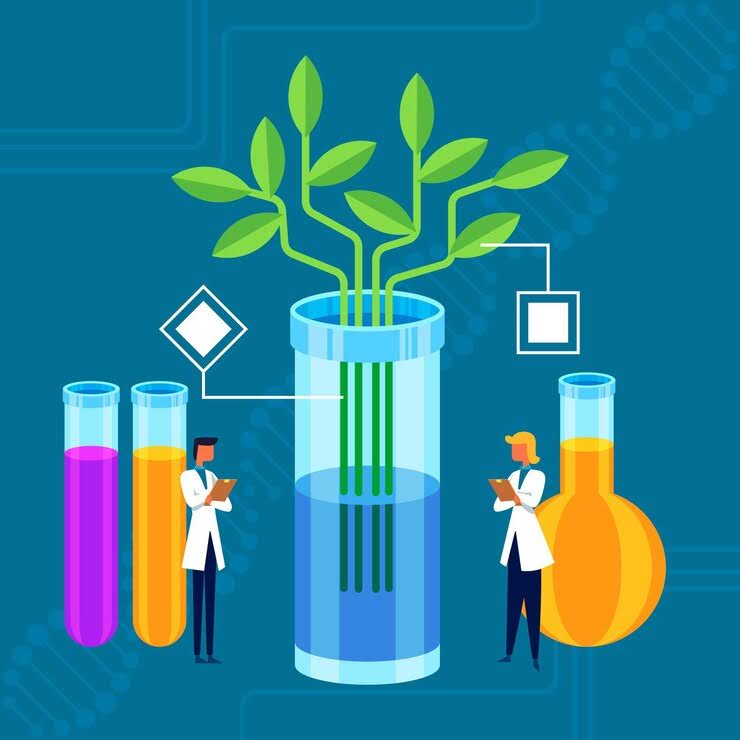
9. Can you share what inspired you to pursue a career in plant genetics and molecular biology ?
Growing up, I had no expectation about being a scientist; Born at the Military Headquarters of War, with three generations of illustrious officers in the family, we traveled a lot, often living in distant small towns. A lot of my childhood was spent in North Eastern India, where I first learnt about ‘sacred groves’, little pockets of traditionally protected natural wildlife, across India’s biodiversity hotspots. This gave me the opportunity to explore nature, and discover my love for plants and for reading. We didn’t have the internet, but we had access to very good libraries; I loved the adventures of Huckleberry Finn, but also the adventures of Mendel, Darwin and Marie Curie. I was moved by stories of scientists, how Newton felt about light transforming to matter, what Lavoisier might have discovered if he hadn’t been guillotined in the French Revolution, or how Vavilov’s crop gene bank was saved even though he died of the one thing he spent his life trying to prevent (Starvation). The turn of the millennium was a pivotal moment for Technology in India and I believe that too had a strong effect on my desire to pursue Genetics-based technologies. Former Prime Minister Atal Bihari Vajpayee announced National Technology Day to honor the successful nuclear test conducted at Pokhran in 1998. The past 25 years have proved how that time was ripe for India to advance her capability and potential in Science and Technology, and I feel lucky to have been part of this movement, serving as a beacon for the nation’s future and India’s technological growth.
10. What advice would you give to young scientists who are just starting their careers in plant Research ?
My wish (and advice) would be for more of us to inculcate an interdisciplinary approach, or transdisciplinary thinking in our research, and to avoid getting Silo-ed into disjoint boxes of expertise. This is not difficult at all, but it’s the only way we can jointly combat the most pressing global and societal challenges. You can begin today; Make friends outside your own classroom, listen to seminars by people from a different subject expertise, attend meetings where you might run into someone from a completely different research area. It can be a fabulous learning experience as well; exploring long distance field trips, going for writing retreats or picnics, getting people on a bus is the best way to break ice, get them talking and designing inter-disciplinary collaborations! Who knows, we might be able to combine drug discovery and biomedical health priorities, for example, with crop biology, towards rational design of Climate Smart crops. My own diverse educational background allows me to work at the interface of botany, geography and chemistry, and the good news is that we have an increasing number of young researchers who seem to be aware of the benefits of working at the intersection of multiple fields and technologies. You can use high resolution land records from rural India, you can use genomes, fossil records of pollen in ancient civilizations, robots, GPU chips, mathematical simulations, and all kinds of rocket science, to address the global challenge of feeding an ever increasing population, why not?!
11. What are some of the biggest challenges you face in your research, and how do you overcome them ?
A career in research has several challenges that have to be constantly overcome, spanning from ensuring data quality, time management, funding sources, building a skilled team and much more. I find myself incredibly lucky to be able to fulfil my inherent sense of curiosity about the natural world, something that a scientific career enables uniquely. But it is a constant challenge to balance basic research with application oriented research that gets priority for fundability. It’s a tricky line to tread and I call it my own ‘Verity-Vision’ balance (aka Work-Life balance!).
One of the most consistent challenges I face in research is the ‘publish or perish’ mentality, that makes it very difficult for researchers to focus on efficiency and research conduct. They become more concerned about the ‘destination’ rather than the scientific journey. Although the situation is global and unlikely to change anytime soon, my solution is to encourage a change in mindset of young scholars. For academia to break free of the publisher’s monopoly, we must focus on FAIR principles and open access publications, as well as for example, completely new paradigms like ‘Nanopublications’; a FAIR and quick way to make the world sit up and recognise your work, and you can have an unlimited number of these.
Another research challenge that I find to be common across lady researchers globally, is how we are somehow more prone to self-questioning, guilt and doubt, or the fear that combining an academic career with a family is not possible. Highlighting stories of successful women scientists can go a long way to overcome this; as your magazine is doing! In this regard, may I request everyone reading this article to please encourage your female friends and colleagues in STEMM, to join the National SWATI portal, launched in 2024, an initiative of the Indian Science Academies. It takes a minute to sign up, just use this link or the QR code below! The idea behind ‘SWATI’ (Science for Women, A Tech and Innovation Portal) is to bring together role models and opportunities on a single platform, bridging gaps and bringing out the huge untapped potential among WiS whose contributions often go unnoticed. I do hope you will help us expand this initiative to reach each and every Indian girl/woman in STEMM!
Authors Biography
Dr. Gitanjali Yadav, Group Leader at NIPGR, New Delhi, and co-founder of #semanticClimate, is an expert in Genomics and Machine Intelligence for food security and conservation. An adjunct Professor at IISER Bhopal and visiting Lecturer at Cambridge, she holds a Ph.D. in Immuno-Informatics (NII, JNU). Recognized with prestigious awards like the Hamied Fellowship and INSA Medal, she advocates Open Data, leads the SWATI portal for Women in STEMM, and promotes sustainable solutions. Dr. Debleena Bhattacharya, Associate editor, interviews her on advancing food security via structural bioinformatics.

